In product marketing, the modern and effective alternative to traditional photography is digital imagery. It can be obtained through two options: 3D visualization and compositing. Both methods share similarities in their processes but have their unique advantages and disadvantages. To outline the key differences between CGI and compositing, let’s start by defining each approach to help you figure out which of them will work better for your business.
Creating CGI includes modeling and texturing a product and putting it in a custom or premade 3D scene. It can be a simple white background for a silo image or a room set for lifestyle images. After setting camera angles and lighting, the result is rendered in the required format and resolution.
Compositing incorporates building and rendering a 3D scene, but after that, the product is cut out and pasted from an actual photo. Additionally, the specialists add shadows to make the pasted item appear more realistic and tune the result in the post-production stage for a more organic look.
With an understanding of how both methods work, let’s take a look at the pros and cons of each of them based on the experience of our 3D rendering company!
#1. Pros of Product CGI for Furniture Images
Modeling a product and a perfect scene for it and then rendering the result is a natural order of things in CGI projects. Within this process, 3D artists can modify the result in any way and at any stage with no limits.
1.1. Customization and Flexibility
3D modeling provides the flexibility to make corrections, whether it involves altering colors and textures or adjusting an object’s position within the scene. If one wants to play around with image details and composition, product 3D modeling is a perfect tool for that.
1.2. Reusability and Multipurpose
The same 3D models can be used for various types of 3D visuals such as renders, animations, configurators, 360-degree views, and AR tools. Besides, CG specialists can put the existing 3D models in different scenes to create images with new concepts.
1.3. Photorealism and Detailing
Modeling products from scratch means replicating the design to a tee, from hyper-realistic texture details to every natural imperfection. For the most accurate product design presentation in digital images, 3D modeling is the best tool.
#2. Cons of Product CGI for Furniture Images
Using product CGI is a fast and simple way to get digital pictures of products. However, brands that are used to working with traditional photography and are not familiar with 3D rendering can be hesitant to try it.
2.1. Unfamiliarity with the Process
Business owners might feel uncertain about trying CGI services for the first time when they don’t know how it works. Contacting a professional 3D rendering studio and getting a consultation from specialists is the best way to address these doubts.
2.2. Time Frames
Compared to traditional photography, product CGI is a bullet train of a process. But compositing saves a bit more time by replacing 3D modeling with pasting in Photoshop. However, this difference between CGI and compositing is not very significant.
#3. Pros of Compositing for Furniture Images
For the untrained eye, the difference between the final results of product CGI and compositing may not be very obvious. However, these processes are not the same and so are the details in the resulting images. You can spot the difference when you know where to look.
3.1. Quickness and Easiness
Cutting out and pasting a product from a photo saves some time that otherwise would have been spent on 3D modeling. So, the quick process of creating digital images becomes even faster. However, adjusting pasted items to a computer-generated scene until they look like a natural part of it may take some time.
3.2. Budget-Friendly
Since compositing doesn’t require modeling of the product and spending much time, it costs less than a 3D product rendering project. So, compositing is the best solution for marketing campaigns with limited budgets.
#4. Cons of Compositing for Furniture Images
The key difference between CGI and compositing is the creativity restrictions that come with the latter. With a photographed product, one has strict limits in terms of 3D settings.
4.1. Limited Angles and Composition Options
Unlike 3D models, cut-out photos of a product cannot be changed. They have to be pasted into a scene at the exact angle and position as photographed, which doesn’t leave a lot of room for creativity.
4.2. Quality Match Requirements
In order for compositing to look realistic and natural, an original photo of the product has to meet the quality of the final rendering. If a manufacturer wants a high-resolution CG image, they need to provide a product photo of the same resolution so that it wouldn’t stand out after the specialists paste it into a digitally created scene.
4.3. Restricted Changes
Since in compositing the product is pasted into an already rendered image, CG artists can’t do much with it in post-production. Sure, they can add shadows, adjust colors, or try some effects or filters, but they can’t change the color completely, alter the product design, or replace a texture like with 3D models.
All in all, both CGI and compositing work perfectly for furniture brands wishing for an easy way to acquire quality product images. These tools work as a great alternative to costly and demanding traditional photography. The main difference between CGI and compositing is how versatile you need your product visuals to be. For simple images with only a few angles and backgrounds, compositing is more than enough. But if your brand needs the highest quality of product visualization and plans to get different types of CG visuals in the future, then 3D modeling and rendering is a better choice.
Have you already decided which option suits you better? In any case, our professional team of 3D artists can do it all, so don’t hesitate to order 3D rendering services to get top-notch product images now!

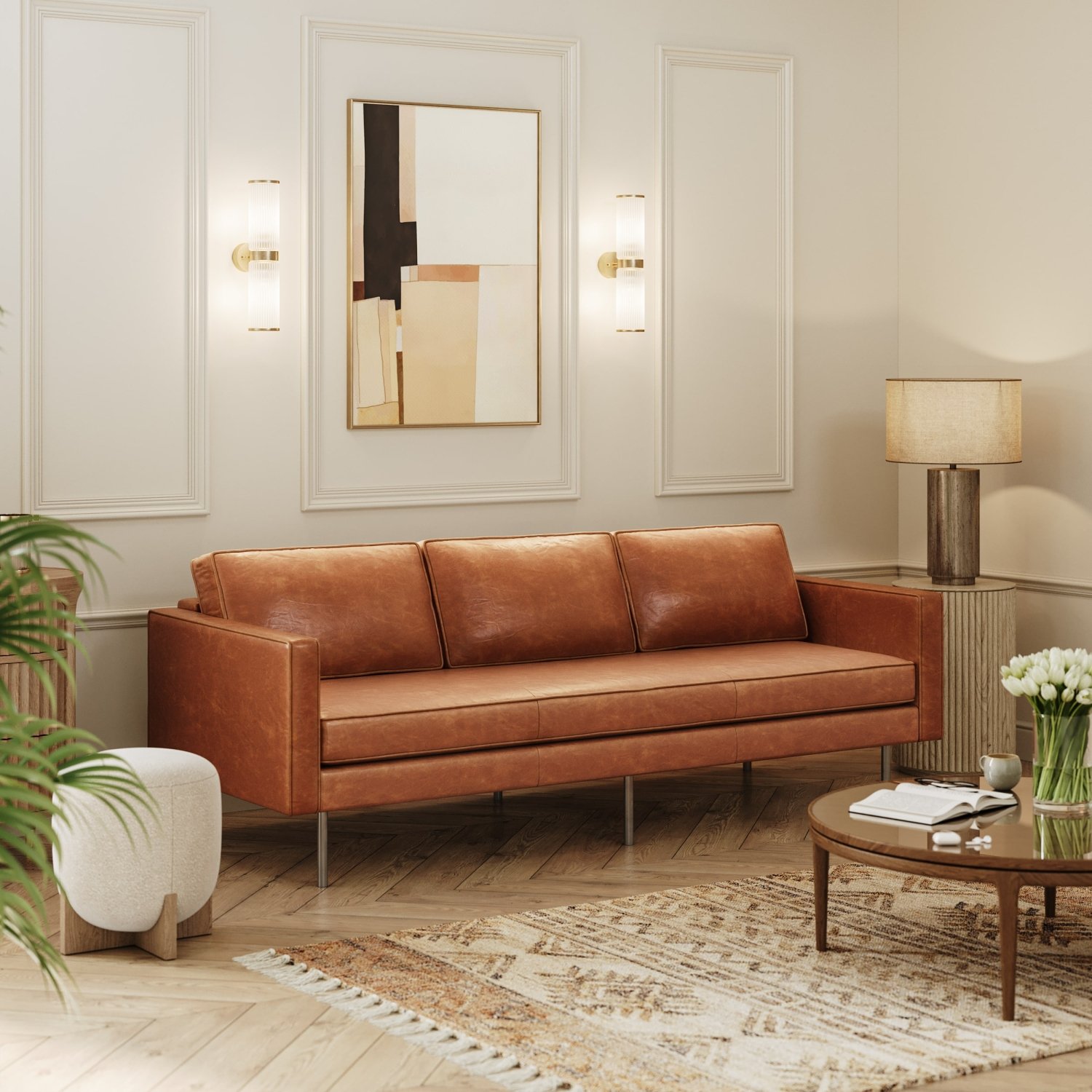
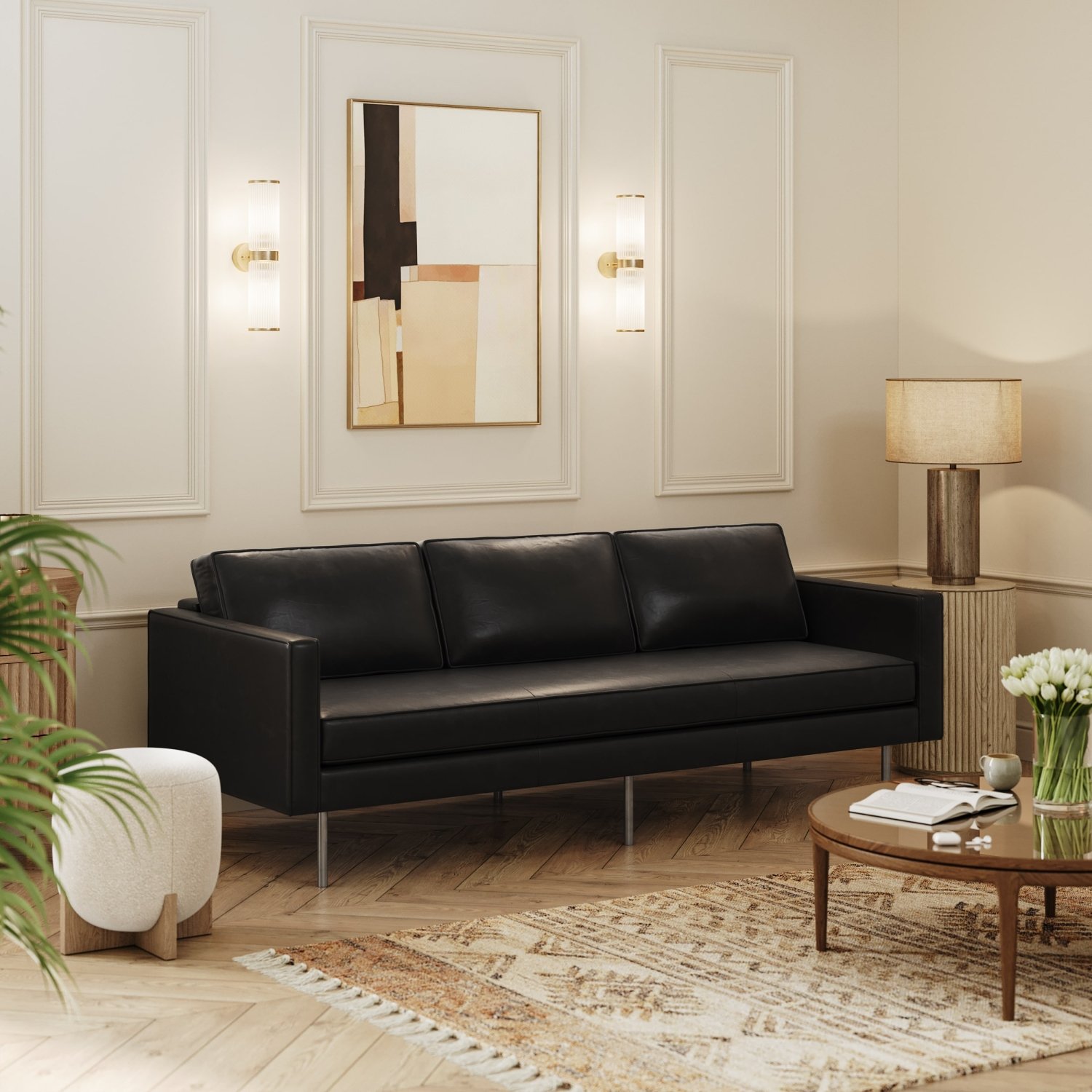

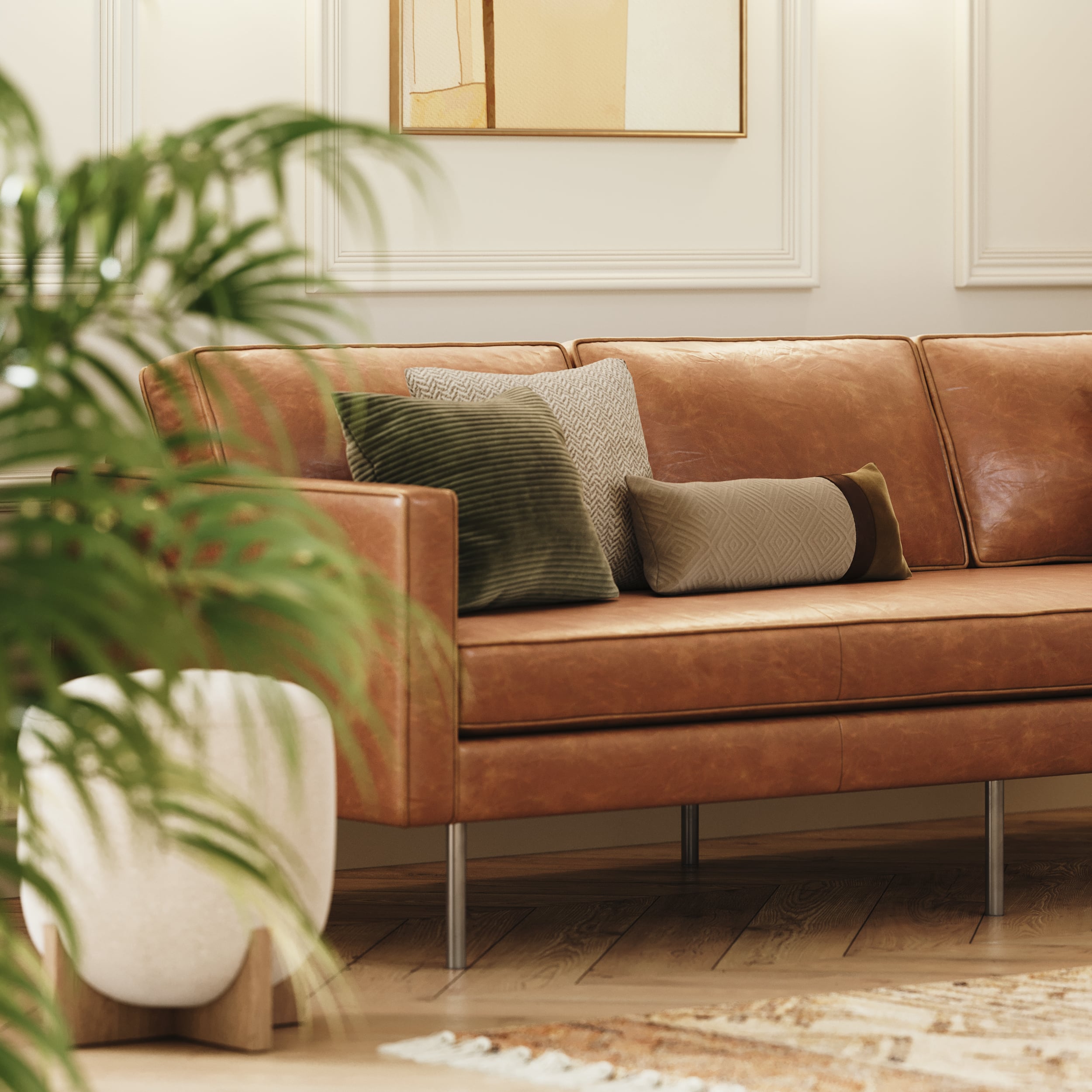
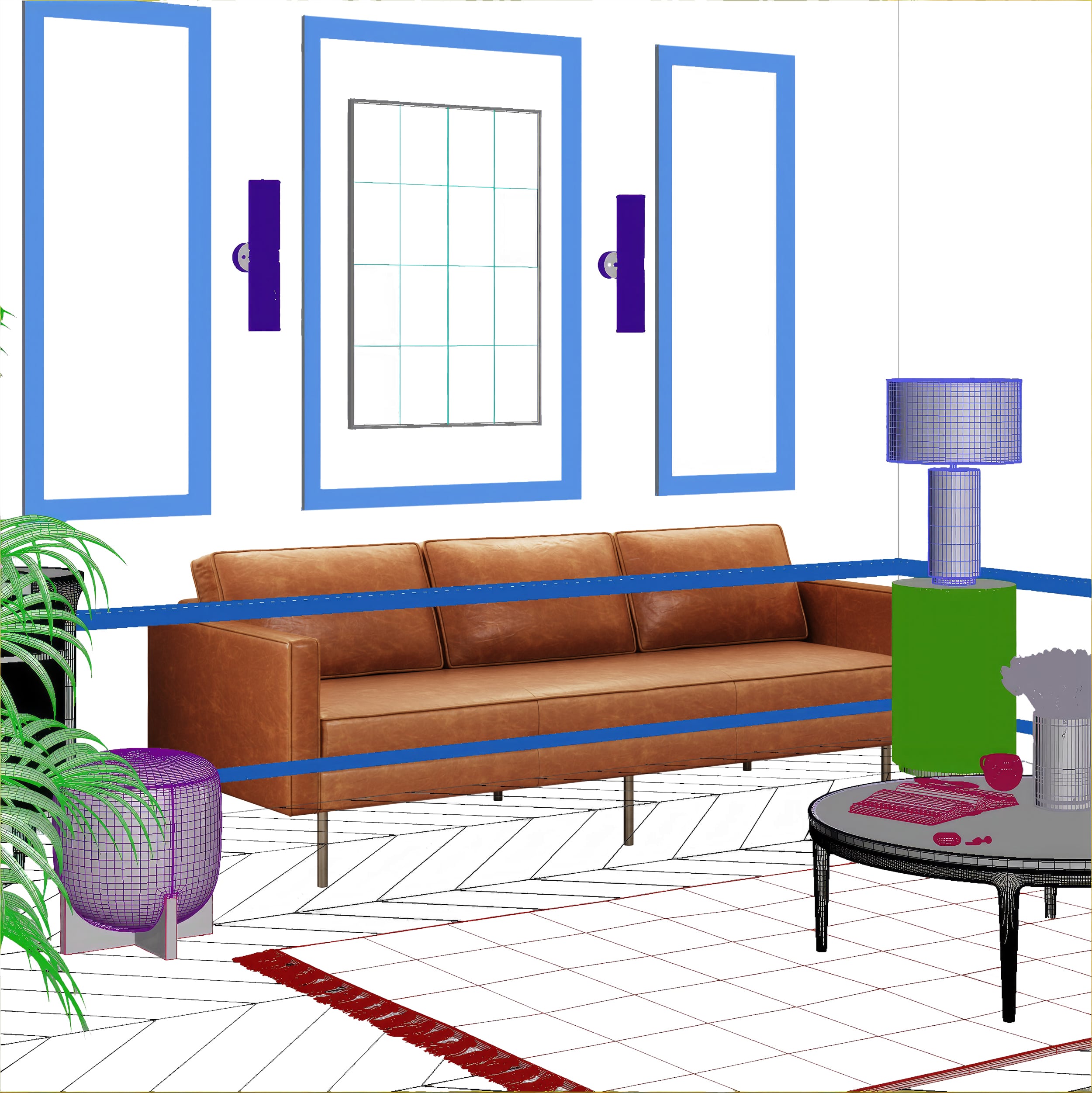

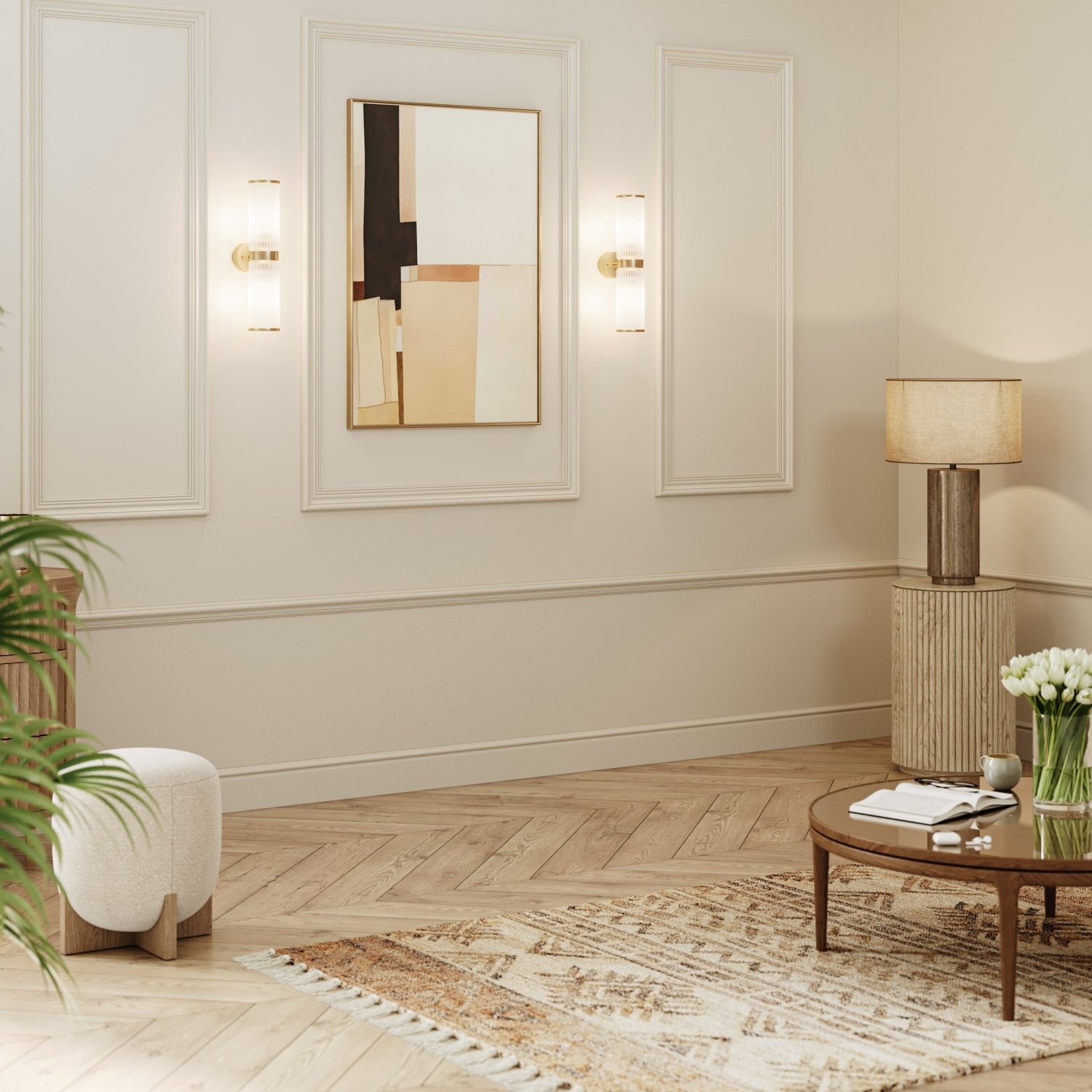
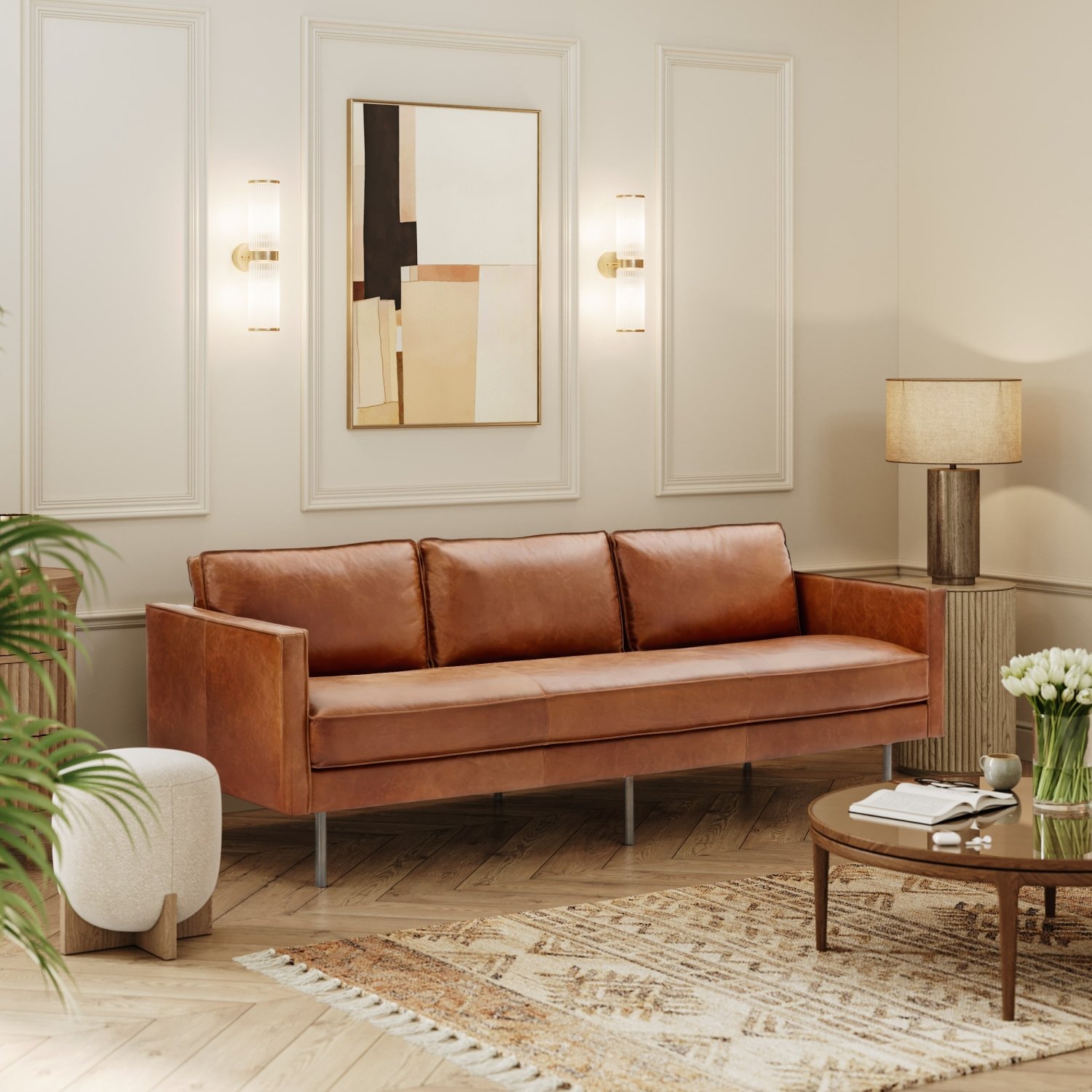
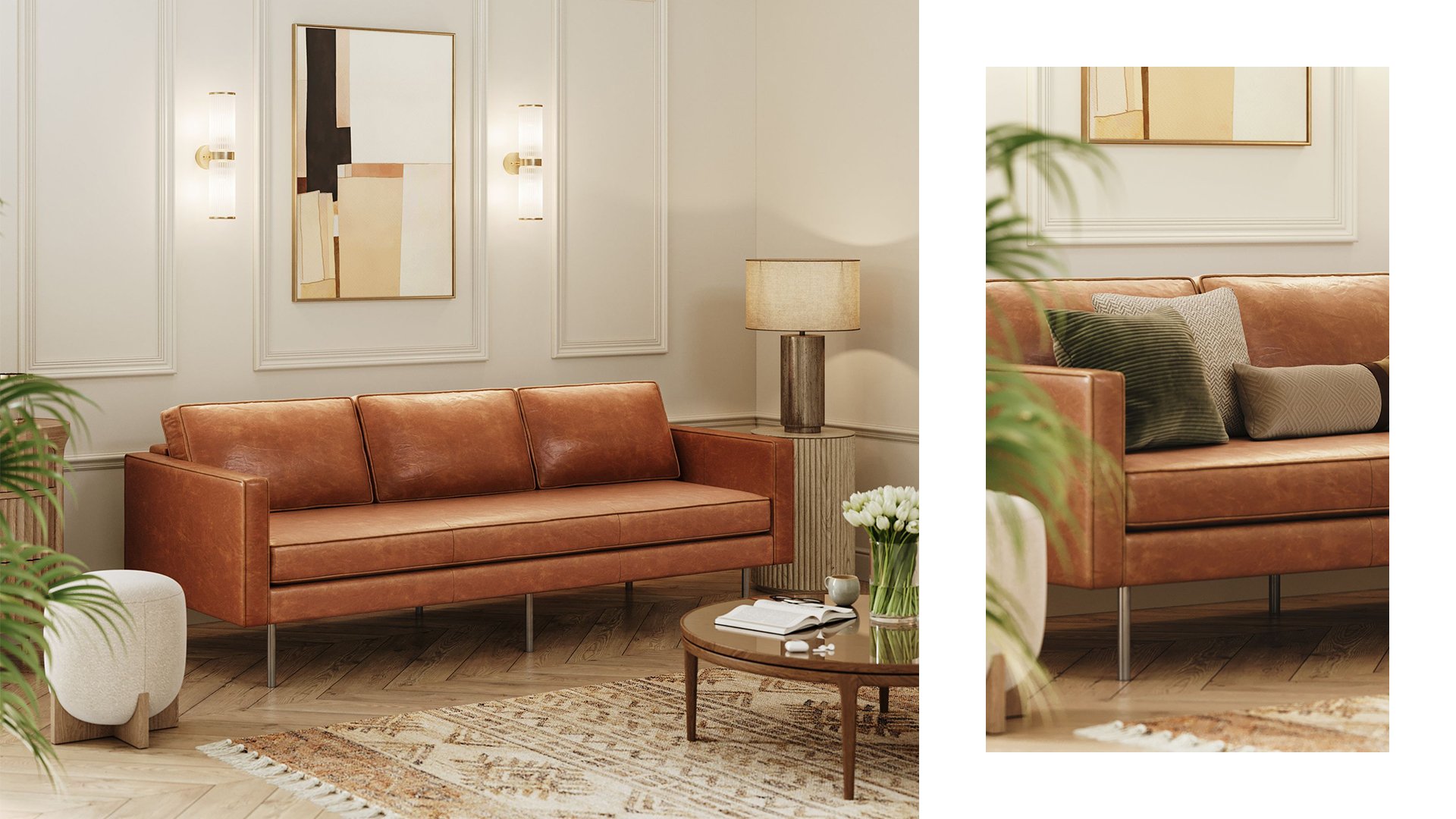

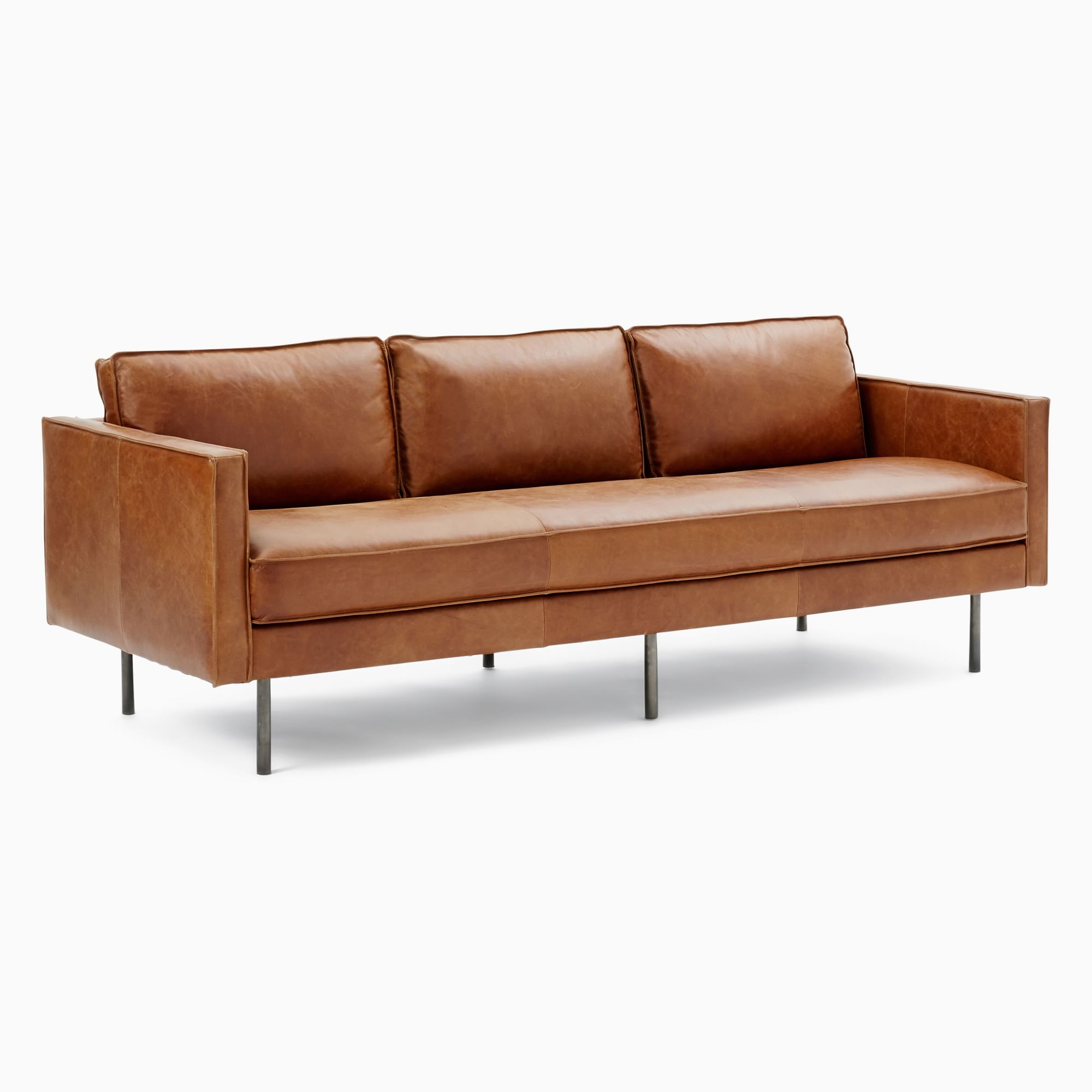
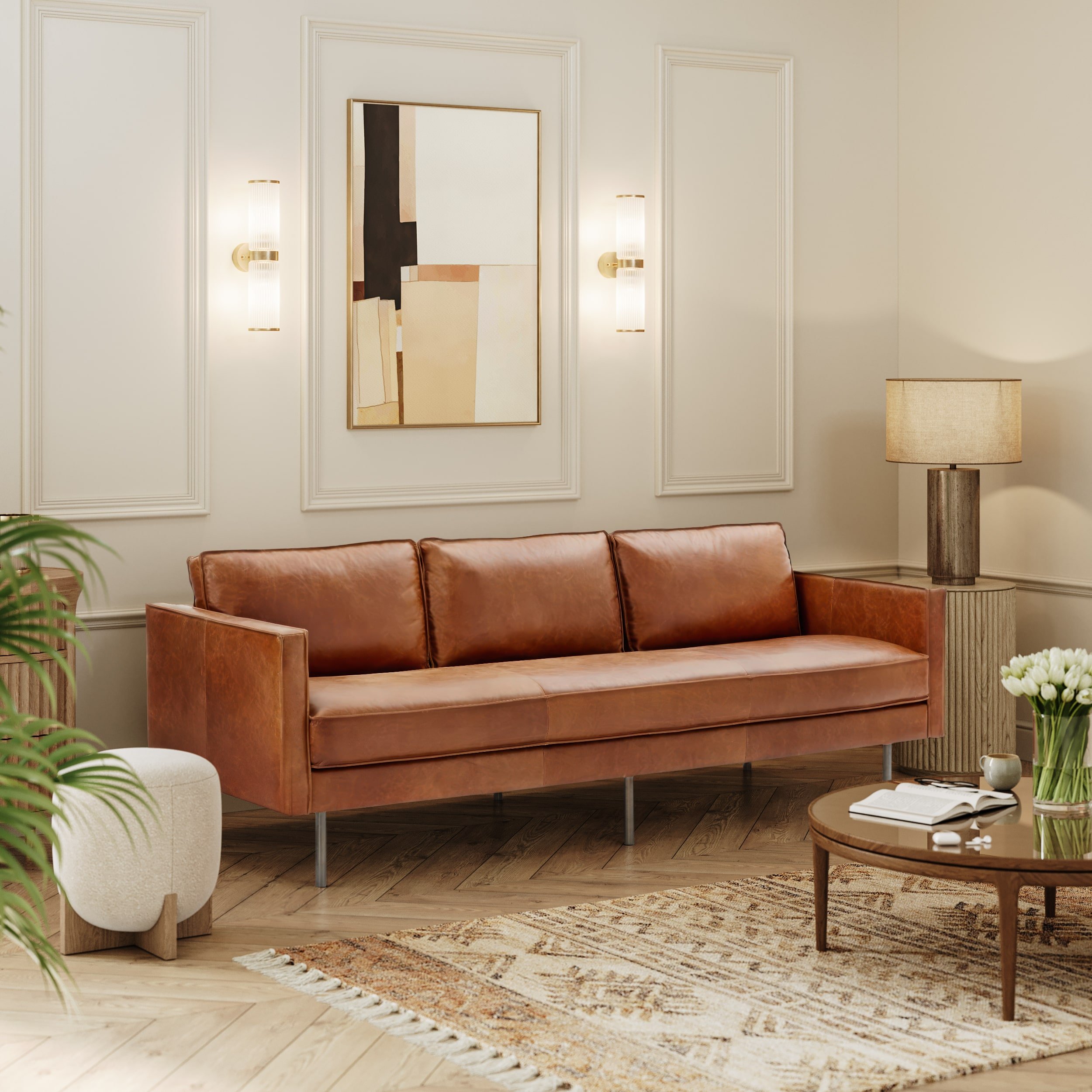
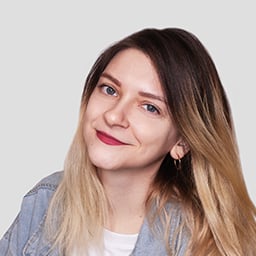
Leave a Reply
Want to join the discussion?Feel free to contribute!